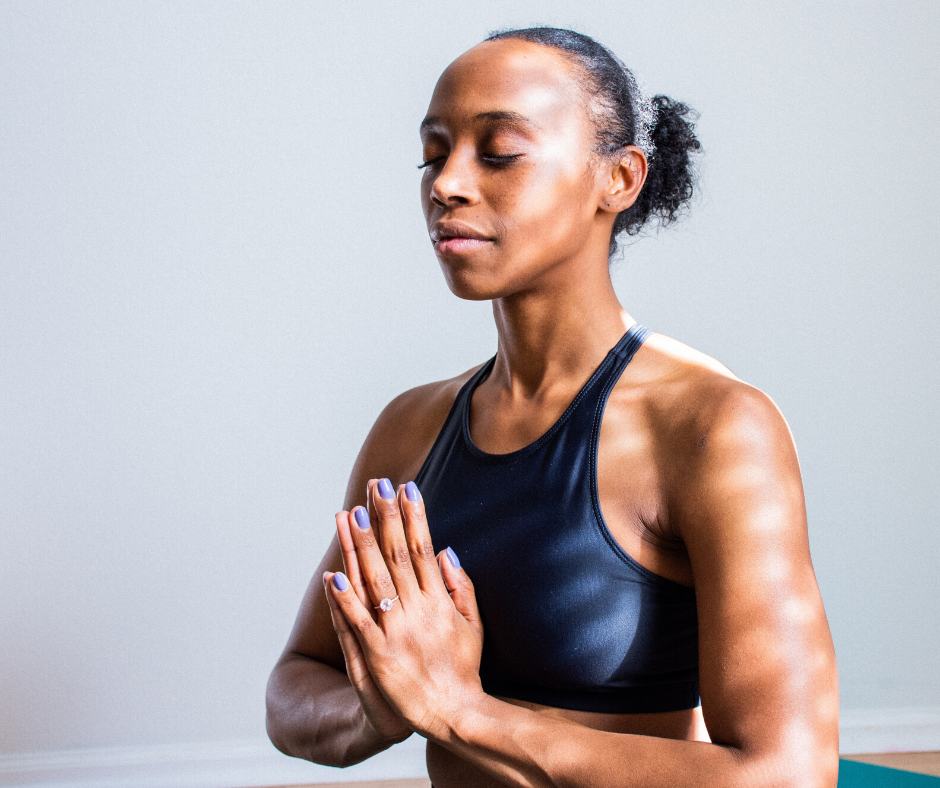
Tightness in your lower back, an ache in your shoulder, that knot in your neck that won’t go away—muscle tension is a familiar sensation to most of us. Are you unconsciously clenching your jaw right now? Is your tongue stuck on the roof of your mouth?
Most muscle tension stems from two sources: stress and positioning. Holding our bodies in one position for long periods of time—sitting in a chair at the office, bending over for hours doing yard work, hunching to read our phone screen—can lead to muscle tightness due to lack of movement.
In these cases, certain muscles can get trapped into elongated positions while others are held in contracted positions, and the result is mechanical tension. For example, being seated in a chair all day causes your hamstrings and glutes to be elongated while your quadriceps are contracted, which often results in lower back pain.

If you are experiencing stress, it can also cause muscles in the body to contract, limiting blood flow and causing discomfort. Whether your muscle tension is a result of stress, positioning, or a combination of both, you can experience significant relief by practicing simple habits.
Be Aware of Your Posture
Muscle tension due to positioning often results from poor posture. To relax your muscles, get into the habit of checking on your posture throughout the day.
Be sure that your shoulders are back, your head is level, and your hips are aligned directly under your shoulders. If you’re standing, adjust so that you’re standing straight and tall with most of your weight on the balls of your feet. It may feel strange at first, but soon you’ll notice a difference!
Schedule Regular Movement Into Your Day

The more you can move your body, the less likely you are to experience muscle tension as the result of being stuck in one position.
A walk around the block, doing a few head rolls in between calls, or taking the stairs rather than the elevator can help you feel more relaxed and energized. If your workspace allows, schedule intervals to work in a standing position to alleviate muscle tension in your legs and back as a result of sitting too long.
These bouts of movement can also be a great time to check in with yourself. How is your body feeling? Where do you notice tension, discomfort, or restlessness?
Meditate to Identify and Relieve Tension

Meditation is the practice of relaxing our bodies in order to explore our thoughts and feelings. With physical relaxation at its core, meditation helps us identify discomfort in our bodies. While meditation may not totally eliminate all of your muscle tension, it’s an opportunity to find and face physical discomfort.
In particular, body scan meditations are designed to draw attention to whatever physical sensations are present in a specific moment. Starting at one end of your body—typically your head or feet—you mentally “scan” each area in succession, observing sensations (both positive and negative), and then making a conscious effort to relax that part of your body.
The result is a full-body relaxation session. Since a body scan meditation strengthens the mind-body connection, it can be a productive practice to begin or end your day—especially if you struggle with muscle tension.

